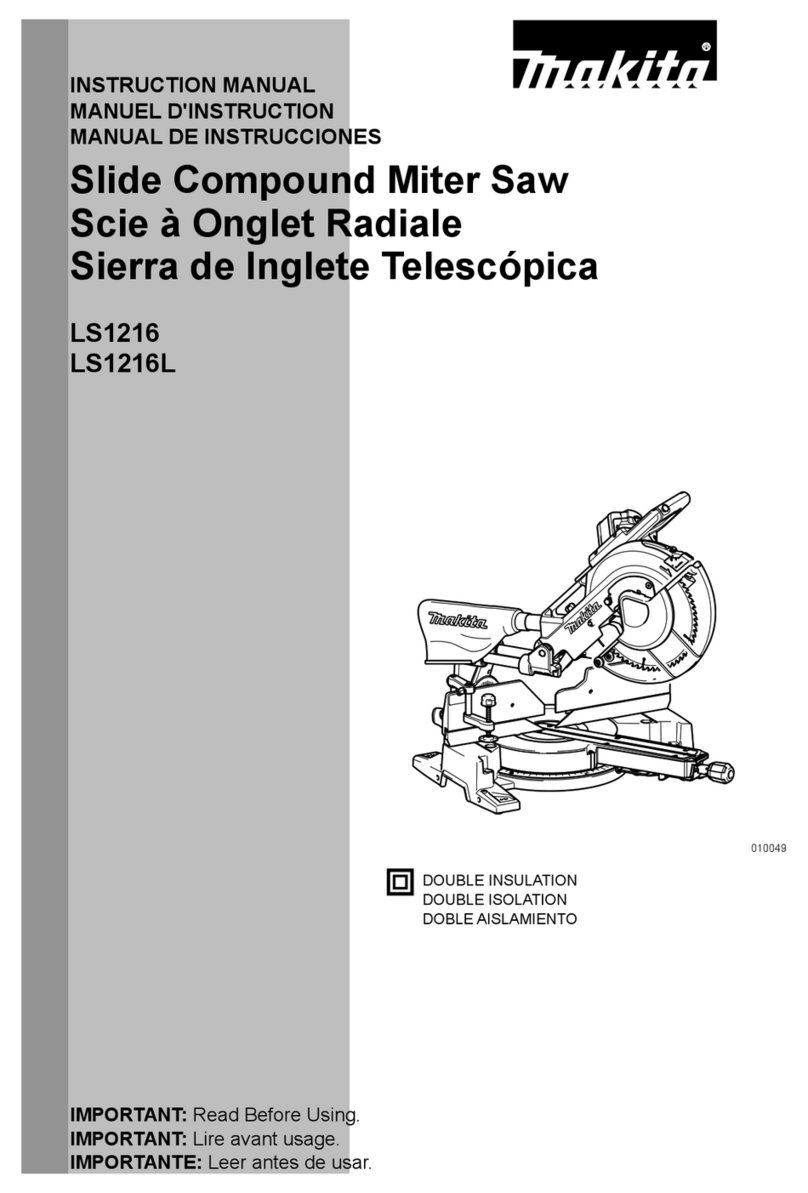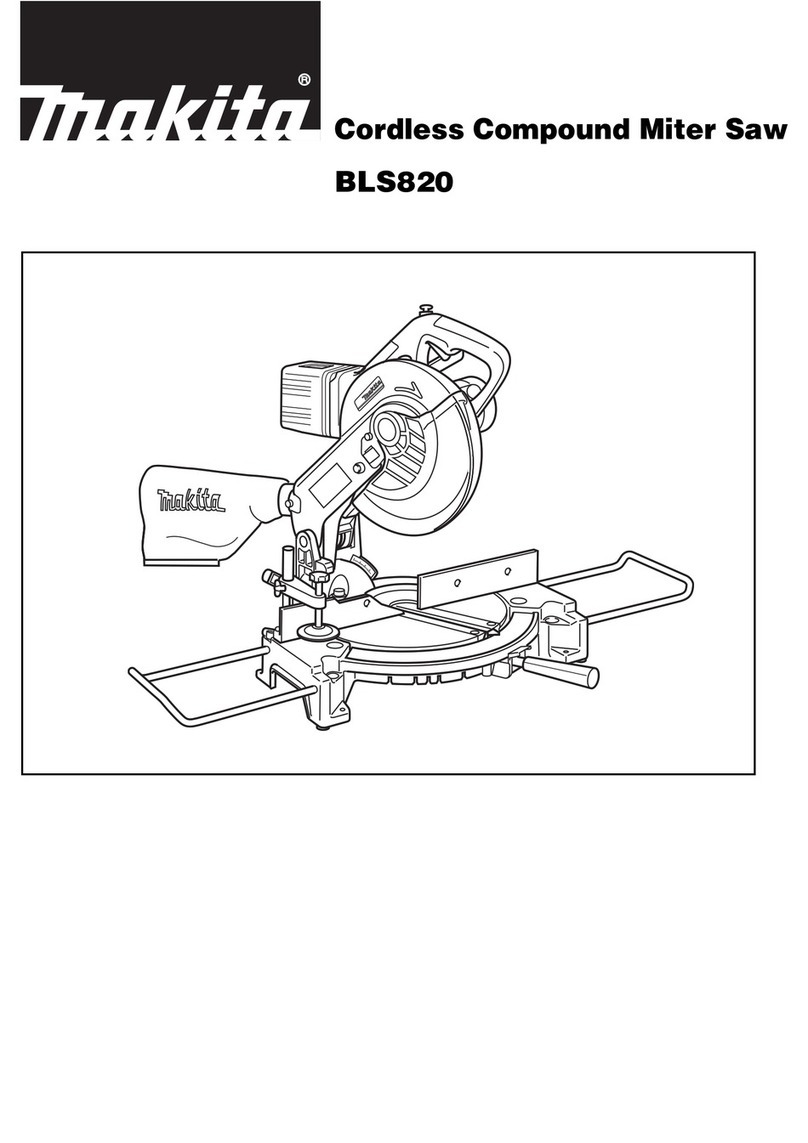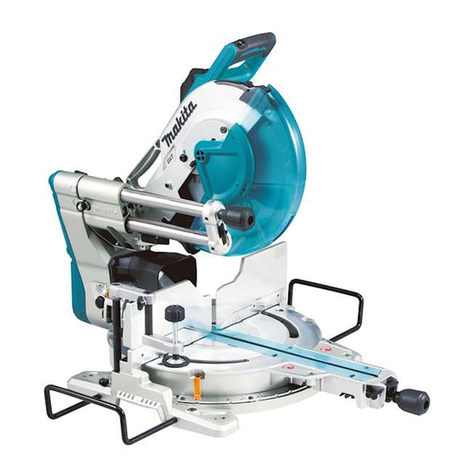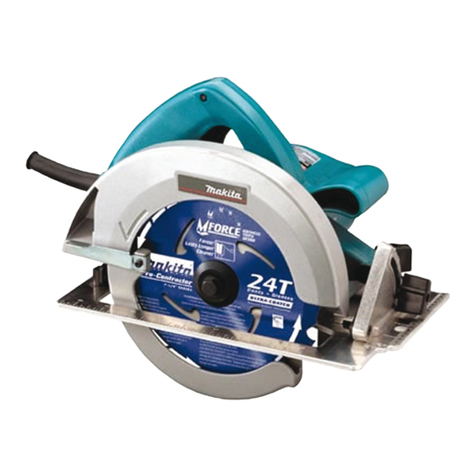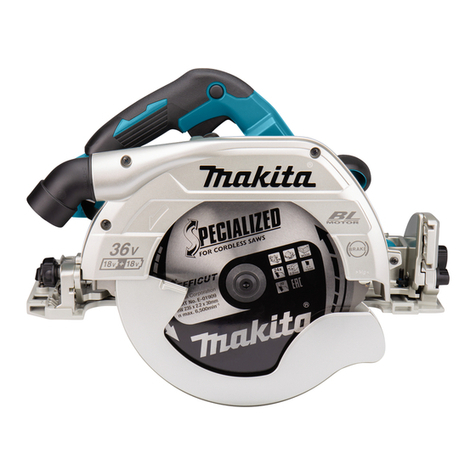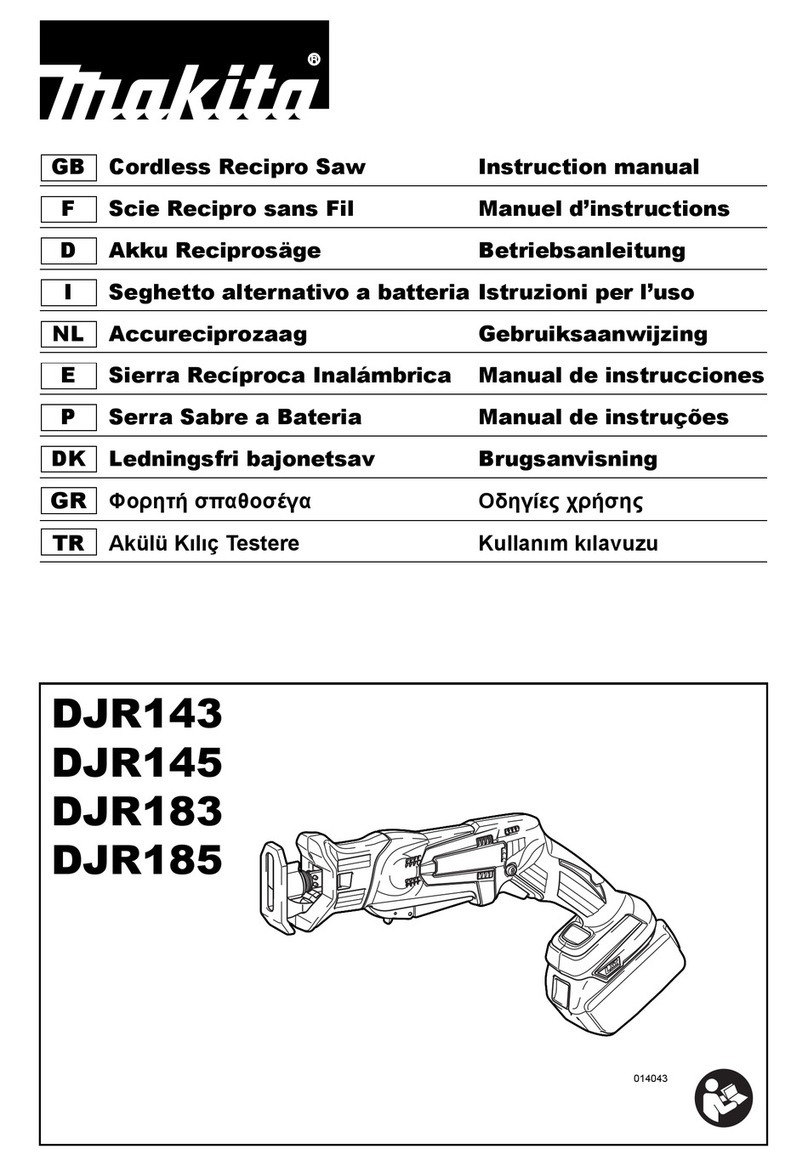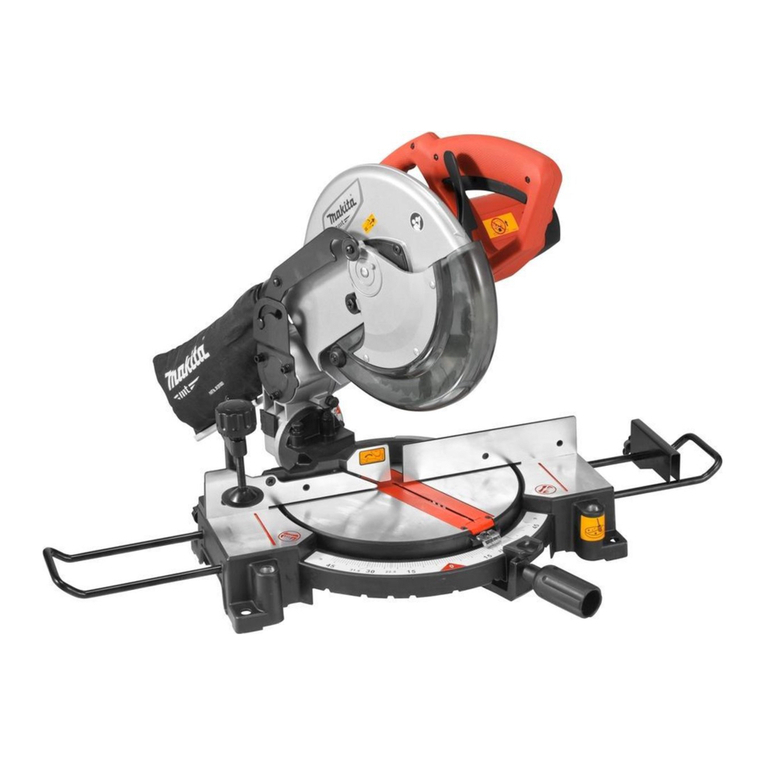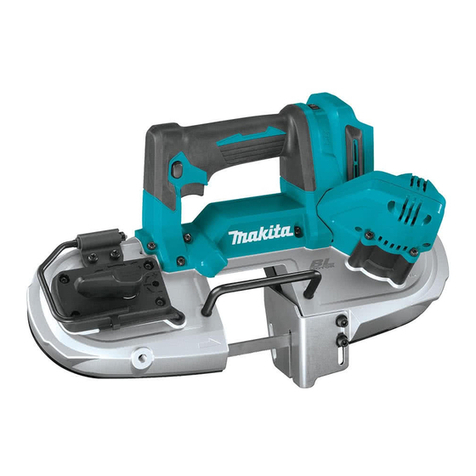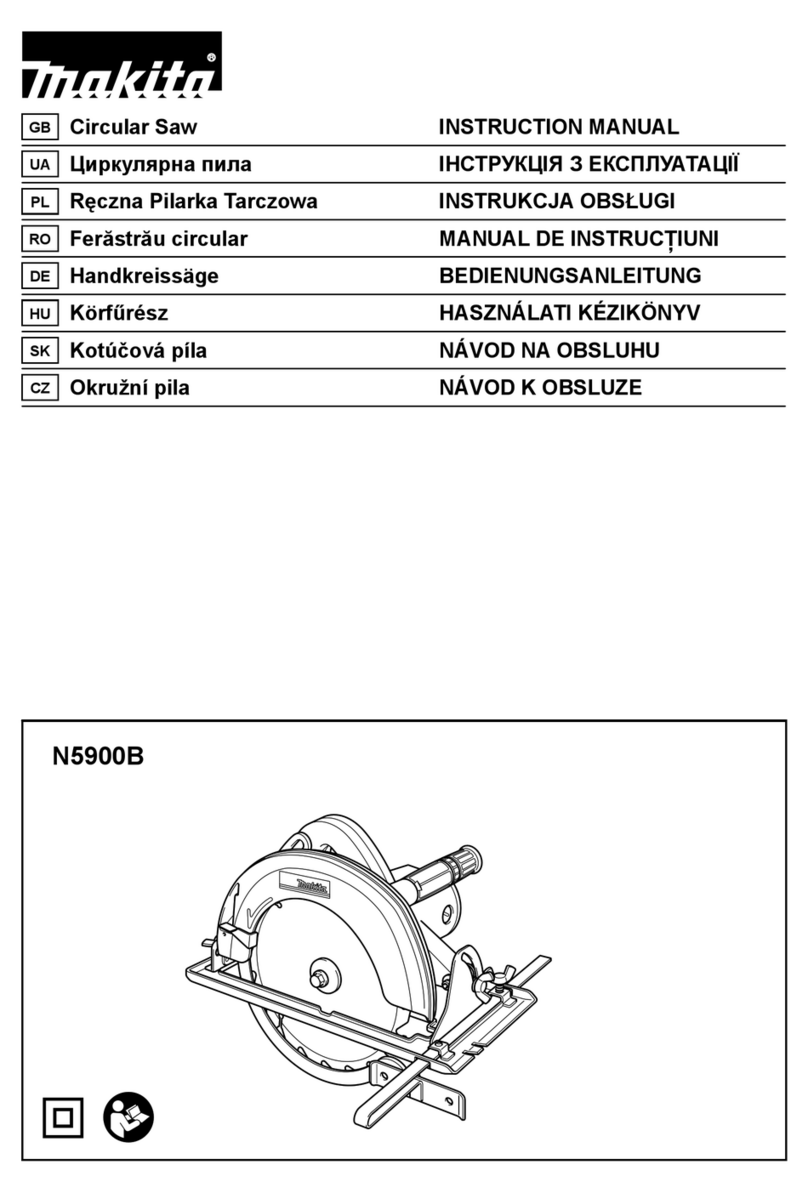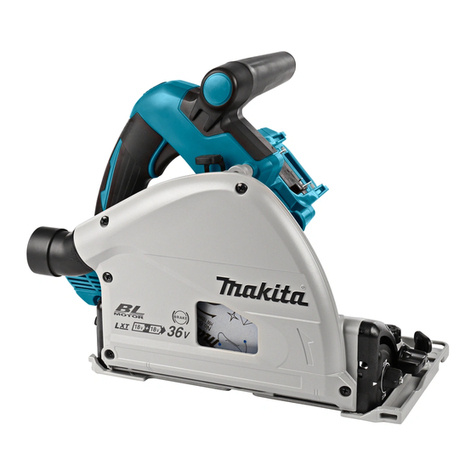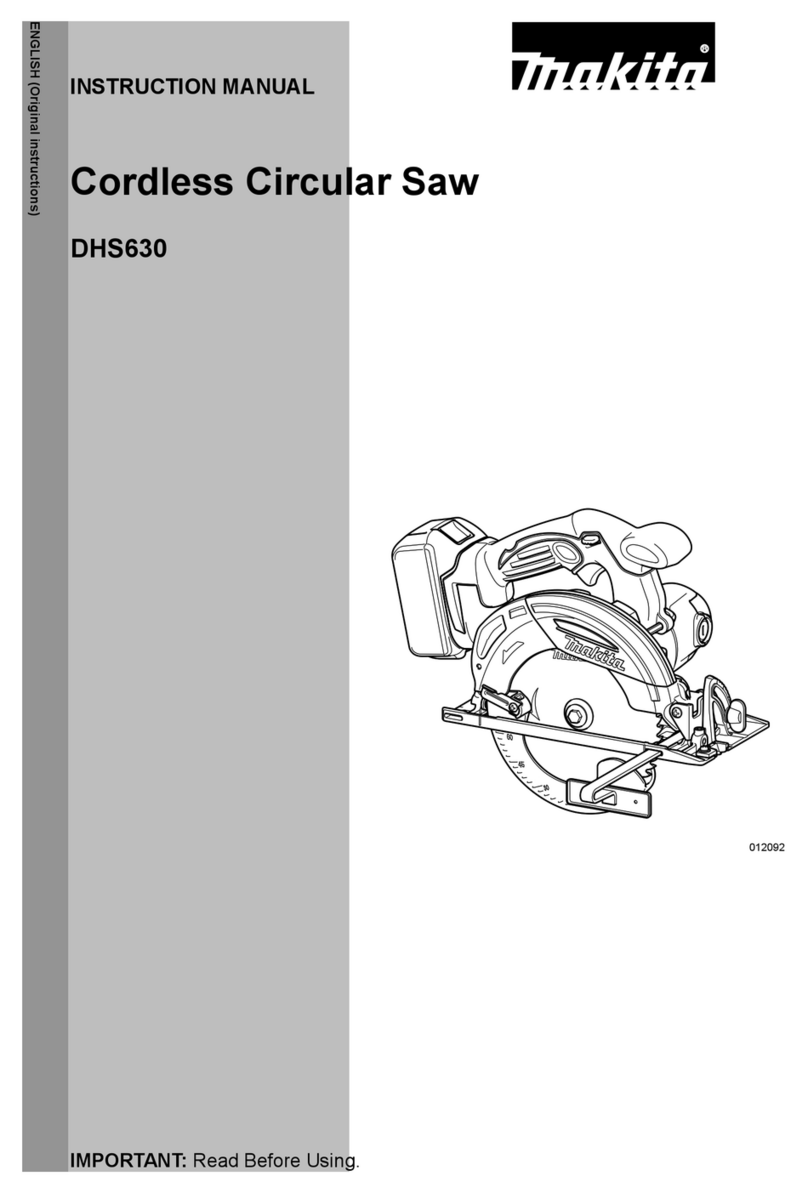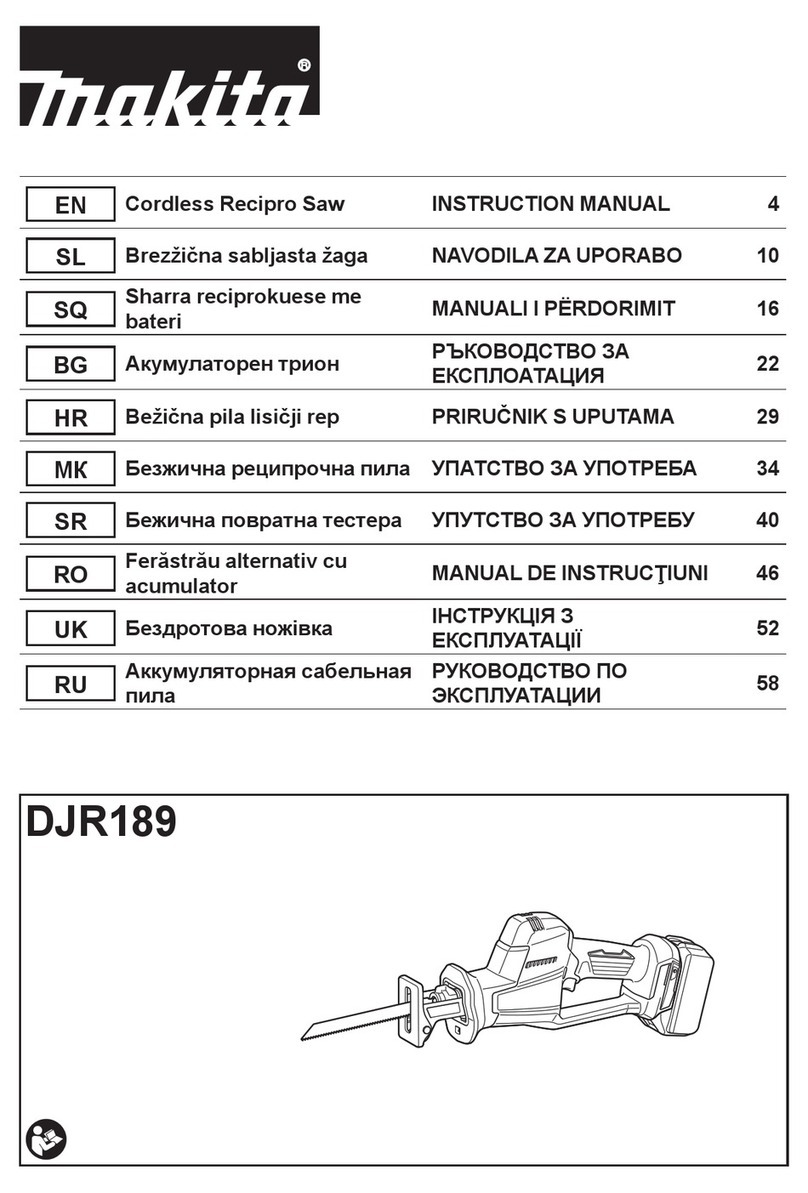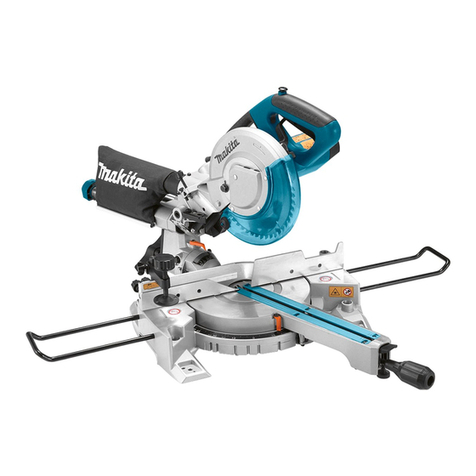
6.
Do
not
expose power
tools
to
rain or
wet conditions. Water entering a power
tool
will increase the risk of electric shock.
7.
Do
not abuse the cord. Never use the
cord
to
carry the tools
or
pull the plug
from an outlet. Keep cord away from
heat, oil, sharp edges or moving parts.
Replace damaged cords immediately,
Damaged cords increase the
risk
of
elec-
tric shock.
8.
When operating a powertooloutside,
use an outdoor extension cord marked
“W-A”
or
“W”.
These cords are rated for
outdoor use and reduce the risk
of
electric
shock.
Personal Safety
9.
Stay alert, watch what you are doing
and use common sense when operat-
ing
a
power tool.
Do
not use
tool
while
tired or under the influence of drugs,
alcohol, or medication.
A
moment
of
inat-
tention while operating power
tools
may
result in serious personal injury.
10. Dress properly.
Do
not wear loose
clothing
or
jewelry. Contain long hair.
Keep your hair, clothing, and gloves
away from moving parts. Loose clothes,
jewelry, or longhair can be caught in mov-
ingparts.
’
.
11.
Avoid accidental starting. Be sure
switch
is
off
before plugging in. Carrying
tools
with your finger on the switch
or
plug-
ging in
tools
that have the switch
on
invites
accidents.
12.
Removeadjusting keys or wrenches
before-turningthe
tool
on.
A
wrench or a
key that
is
left attached
to
a rotatingpart
of
the
tool may result in personal injury.
13.
Do
not overreach. Keep proper foot-
ingand balanceat alltimes. Proper
foot-
ing and balance enables better control
of
the
tool
in unexpectedsituaiions.
14.
Use
safety equipment. Always wear
eye protection. Dust mask, non-skidsafe-
ty shoes, hard hat, or hearing protection
must be used for appropriate conditions.
Ordinary eye
or
sun glasses are NOT eye
protection.
Tool
Use and Care
15.
Use clamps
or
other practical way
to secureand support the workpiece
to
a stable platform. Holding the work by
handor against your body
is
unstable and
may leadto
loss
of
control.
16.
Do
not force tool. Use the correct
tool
for your application. The correct tool
will do the job better and safer at the rate
for which
it
is designed.
17.
Do
not use tool if switch does not
turn
it
on or
off.
Any tool that cannot be
controlled with the switch
is
dangerous
and must be repaired.
18.
Disconnectthe plug
from
the power
source before makingany adjustments,
changing accessories,
or
storing the
tool. Such preventive safety measures
reduce the risk
of
starting the
tool
acci-
dentally.
19.
Store idle
tools
out of reach of chil-
dren andother untrained persons.
Tools
are dangerous in the hands
of
untrained
users.
20.
Maintain tools with care. Keep cut-
ting
tools
sharp and clean. Properly
maintained
tools
with sharp cutting edges
are less likely
to
bind and are easier
to
control.
21.
Check for misalignment
or
binding
of
moving parts, breakage
of
parts, and
any other condition that may affect the
tools
operation.
If
damaged, have the
tool
serviced before using. Many acci-
dents are caused by poorly maintained
tools.
3


